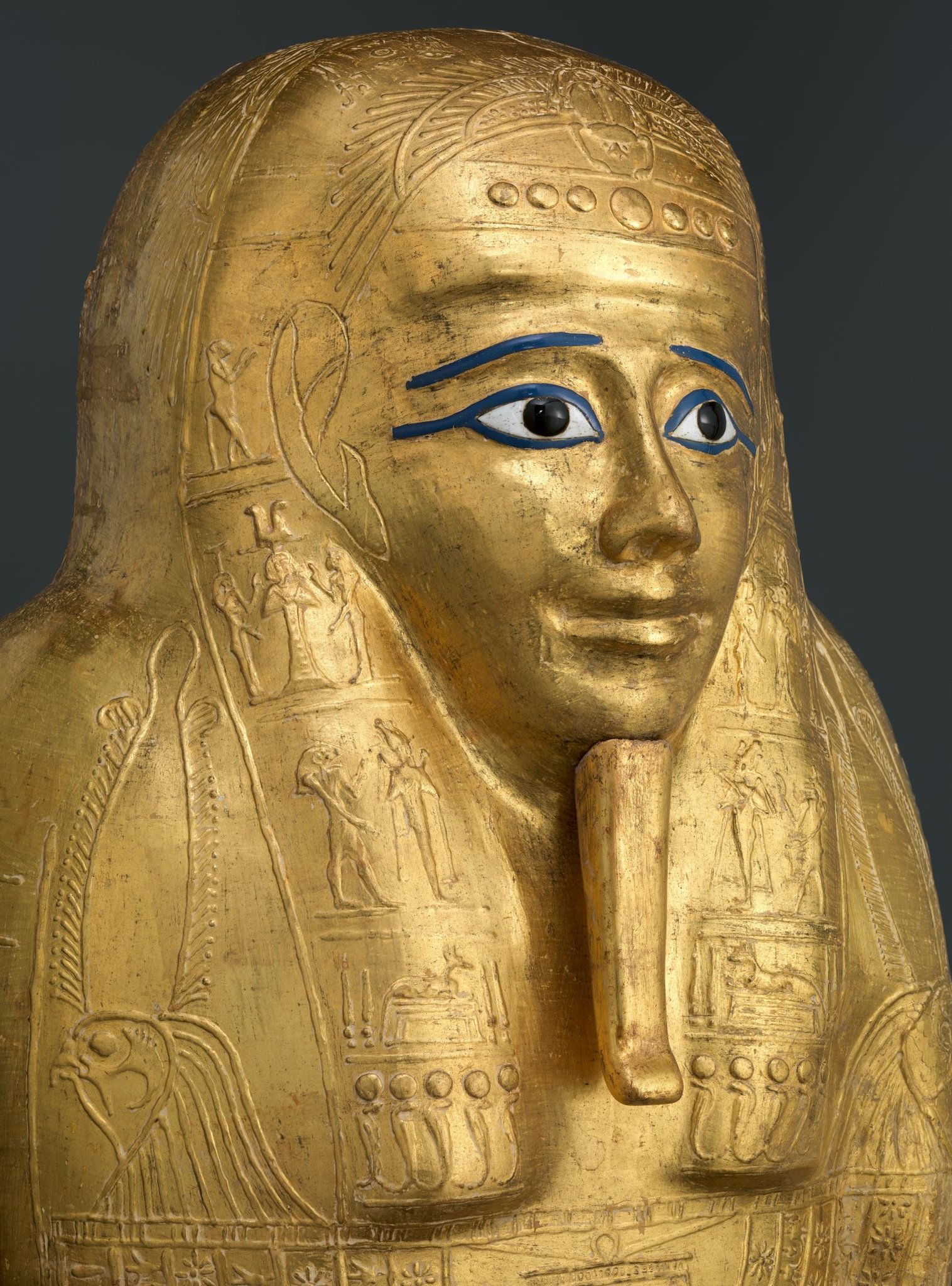Gallery with alias: PUBLIC_HISTORY_BLOG_POSTS not found

History crimes are real.
Let’s begin at the end of the story. The moral is what District Attorney Cyrus Vance warns: “Stewards of the world’s most important artifacts have a duty to hold their acquisitions to the highest level of scrutiny.”
Vance is referring to a recent object-lesson at the Metropolitan Museum of Art, but it is one that all museums and historical organizations should heed: Make sure you’re not peddling stolen, fake, fraudulent, or culturally inappropriate artifacts.
Here’s what happened, according to Colin Moynehan in The New York Times:
The Metropolitan Museum of Art built a substantial exhibition last year around a new acquisition, a golden-sheathed coffin from the 1st century B.C. that was inscribed for Nedjemankh, a high-ranking priest of the ram-headed god Heryshef of Herakleopolis. But the exhibit, “Nedjemankh and His Gilded Coffin,” shuttered earlier this week [in February 2019] because the Met agreed to return the highly ornamented artifact to Egypt after investigators determined it had been recently plundered from that country. Museum officials said that they bought the object from an art dealer in Paris in 2017 and were fooled by a phony provenance that made it seem as if the coffin had been legitimately exported decades ago. But prosecutors with the Manhattan district attorney’s office presented the museum with evidence that suggested it had been looted from Egypt in 2011.
To describe what happened at the Met as a mix up, mistake, or art controversy is not accurate at all. What happened is a crime. The museum bought stolen property. But are they being held criminally liable? Not in this case. The Met seems to be one of the victims here, along with the Egyptian people from whom this national treasure was plundered. Investigators say the Met received fraudulent provenance from dubious antiquities dealers, including false statements and fake documentation such as an authentic-looking Egyptian export license dating back to 1971.
MAKING THINGS RIGHT
Undoubtedly, the Met was conned and all the victims here are being made whole. But the important lesson for public historians should be the Met’s response to the public. Museum director Max Hollein declared: “Our museum must be a leader among our peers in the respect for cultural property and in the rigor and transparency of the policy and practices that we follow. We will learn from this event.”
Learn what, we might ask, how not to get caught buying stolen artifacts? And if you do get caught, how to avoid returning the goods plundered by elite museums and collectors over the last two centuries? (Note: this may sound cynical, but many world-class museums are still refusing to repatriate stolen artifacts from Native American burial grounds, Egyptian tombs, Greek temples, Iraqi villages, Chinese digs, etc.)
No, says Hollein, “I will be leading a review of our acquisitions program to understand what more can be done to prevent such events in the future.” In short, the Met will be taking a hard look at its methods and practices regarding the stuff they take in at the museum. You can bet that all future aquisitions at the Met will receive extensive vetting and review.
WHATS’ IN YOUR MUSEUM?
James Cuno of the Getty Trust says that “Collectors have to be very careful about both the authenticity of the object and the legality of a transaction.” But what happens when fraudulent artifacts are discovered? American museums are largely self-regulated, says The Guardian’s Kanishk Tharoor in “Museums and looted art: the ethical dilemma of preserving world cultures,” and not often are they forced by the law to give up possessions in their collections. Instead, Tharoor says, “they have voluntarily – sometimes pre-emptively – handed over the dodgy objects in their collections.
Yet, some local museums willingly peddle in fake history and artifacts, turning their exhibits and programs into carnival-esque road-side attractions instead of authentic history experiences: Come see our real Indian bones, look at our stolen antiquities, objectify cultures and races, and oversimplify history with a few relics (from where they came we have no idea).
We think public historians–and the visiting public–should take note of this issue. We wonder, what about the local history museum in your town? What ethical code, policies, and procedures do their public historians follow to ensure that they do not peddle in stolen, fraudulent, copyrighted, ethically dubious, or culturally inappropriate artifacts?
This post is inspired by an online article appearing in The New York Times on March 12, 2019: “Met Museum to Return Prize Artifact Because It Was Stolen,” by Colin Moynihan.
PUBLIC HISTORY MATTERS
At The Social Voice Project, we celebrate and promote public history, including our community oral history projects that give us a chance to look, listen, and record the voices and stories of our time. We encourage all local historical societies and museums to capture, preserve, and share their communities’ lived experiences, memories, customs, and values. Future generations are depending on it.
Contact TSVP to learn more about our commitment to public history and community oral history projects.
MORE ESSAYS & THOUGHTS ON PUBLIC HISTORY

You must be logged in to post a comment.